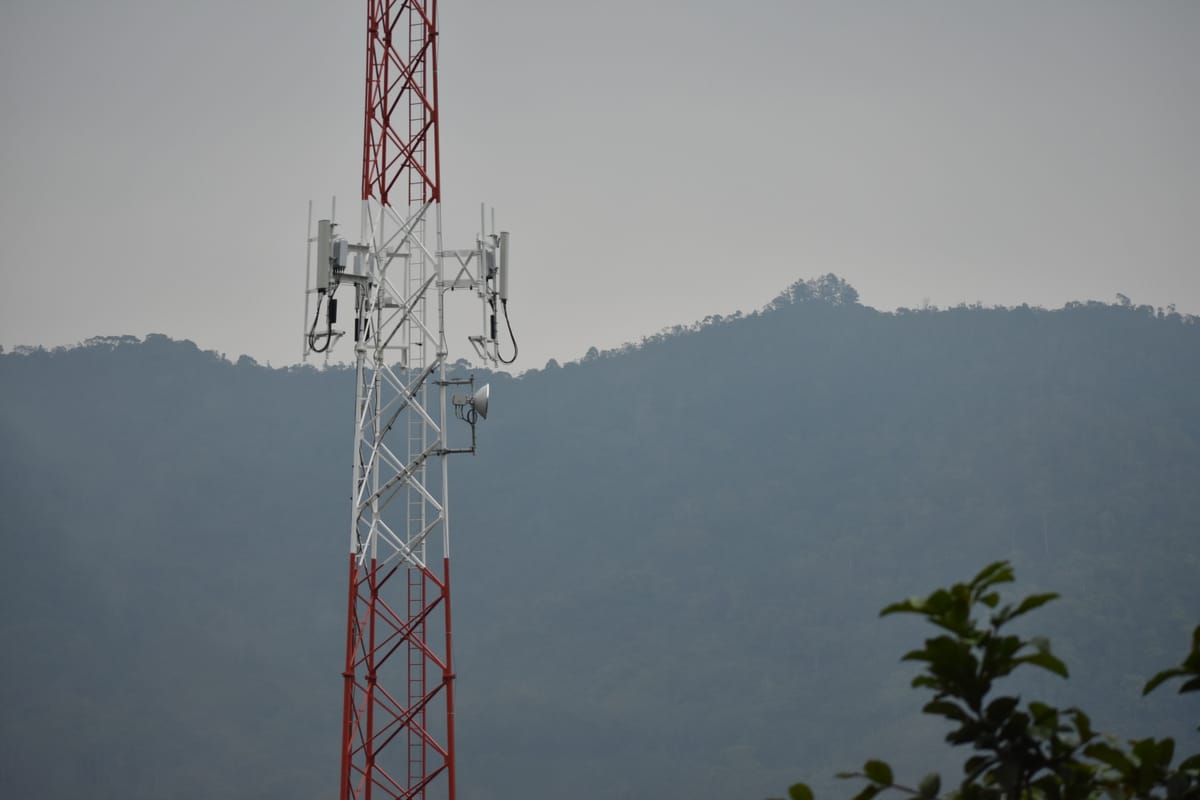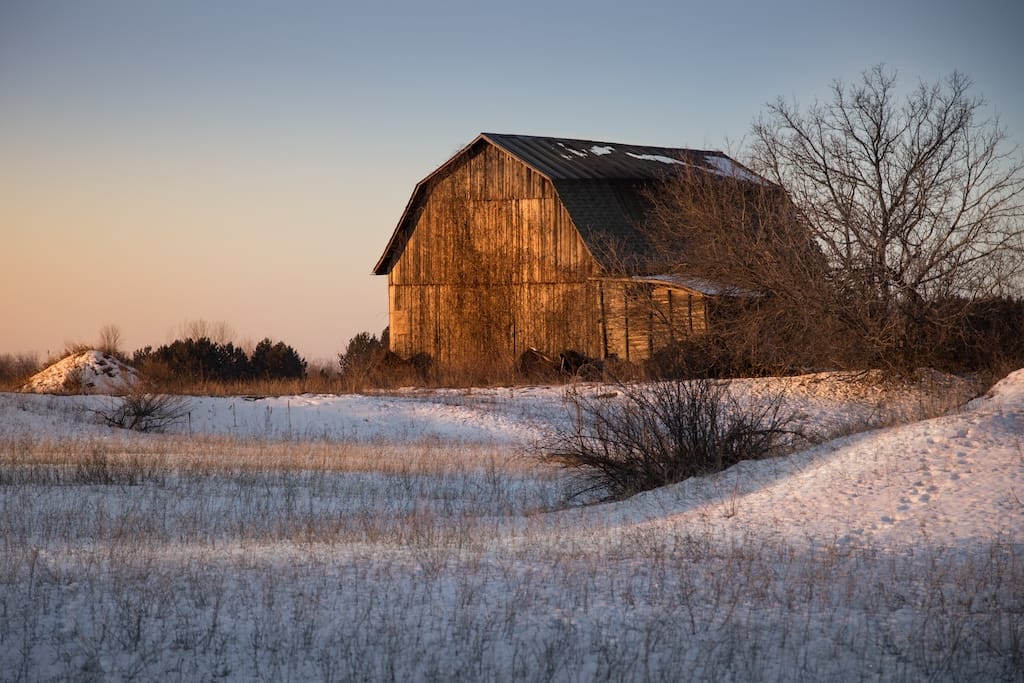Some Wireless Services Deemed ‘Underserved’ in 4 States, Expanding BEAD Locations
States advocating for some wireless services to be classified as 'underserved' were rewarded with a new modification by NTIA.
Jericho Casper

WASHINGTON, April 5, 2024 – Vermont, Georgia, Missouri, and Nevada received Commerce Department approval to mark areas whose sole source of internet comes from cellular fixed wireless service as "underserved," hence making these regions eligible for broadband infrastructure funding under the Broadband Equity Access and Deployment program.
Gaining approval of the National Telecommunications and Information Administration, the four states’ broadband availability maps will now consider all locations served only by CFWA as "underserved." Providers will be able to rebut the claims of underservice.
In Georgia alone, the implementation of the cellular fixed wireless modification resulted in over 25,000 locations being reinstated on the state broadband map as eligible for BEAD funding.

Under the BEAD program administered by the NTIA, locations are considered "unserved" when they lack broadband at speeds of 25 Megabits per second download * 3 Mbps upload. They are "underserved" when they lack 100 * 20 Mbps broadband.
Unless the presumption is rebutted, each of the four states will be able to deploy government-favored technologies, including fiber, in these "underserved" areas. Underserved areas are prioritized second only to "unserved" locations in receiving funds from the $42.5 billion allocated by BEAD.
Change is expected to increase number of eligible locations, decrease number of challenges
In presumptively calling cellular fixed wireless "underserved," the change in the four states is expected to decrease the number of challenges that state broadband offices will need to adjudicate during the BEAD challenge process.
It also shifts the responsibility of substantiating the service availability claims from governments and nonprofits to the service providers making the claims.
NTIA created a challenge process to correct inaccuracies in federal and state broadband maps, with the updated maps determining which locations are eligible for BEAD funding.
In initial BEAD Volume 1 draft plans, at least 10 states proposed expanding eligibility for BEAD-subsidized broadband infrastructure to additional areas allegedly served by cellular and fixed wireless technologies. Not all of those plans have been approved by NTIA.
 Broadband BreakfastJake Neenan
Broadband BreakfastJake Neenan
Many of these states cited capacity issues related to the technology due to limits in the amount of spectrum available, and the shared nature of the bandwidth among users within a given coverage area. This shared nature can lead to congestion during peak usage times, reduced speed and degraded performance.
Cellular fixed wireless technology can also face limitations related to weather, geography, and line-of-sight issues, including signal attenuation from trees and buildings. Additionally, some wireless providers throttle users if they go over a certain usage cap.
While the NTIA’s initial program rules designated fixed wireless technologies as “reliable broadband service,” the administration adopted new guidance in February, introducing the pre-challenge modification after numerous states raised concerns regarding the classification of cellular fixed wireless as reliable.
Wireless providers affected by the state modifications have the chance to dispute assertions that they are not delivering service as claimed during the initial phase of state challenge processes. Following the providers, nonprofits and government entities have the opportunity to counter that in a subsequent rebuttal phase.
Vermont finds less than 5 percent of T-Mobile's availability claims to be accurate
One of the earliest states to raise concerns about wireless, Vermont reported that the process of getting the modification introduced involved extensive communication with the NTIA, as well as the provision of thorough evidence to support their case.
Through conducting a series of studies, the state determined that less than 5 percent of service availability claims made by the 'largest' cellular fixed wireless service provider in the state, T-Mobile, were actually true.
“I think we had to break through some barriers and get [NTIA] to answer some questions that they may not have given thought to,” Rob Fish, deputy director of the Vermont Community Broadband Board, told Broadband Breakfast.
“It took a lot of time just to make our case and to develop a level of evidence that was going to be acceptable for these pre-challenge modifications to be rebuttable.”
By adopting the modification, 503 broadband serviceable locations were put back on the state map designated as “underserved,” making them eligible for BEAD funding. Nearly all of the overstated wireless service claims in the state came from T-Mobile, with maybe one or two coming from Verizon, Fish said.
Vermont wrapped up the initial phase of the state challenge process on Monday, during which T-Mobile did not submit any challenges to Vermont regarding the modification, Fish told Broadband Breakfast.
 Broadband BreakfastJake Neenan
Broadband BreakfastJake Neenan
Concerns about foliage density and line-of-sight
The state’s primary concerns regarding the technology were related to foliage density and line-of-sight challenges attributed to the geographical features of the state.
Vermont utilized various forms of evidence to present its case to the NTIA, including line-of-site tests, mapping network equipment and towers, and mobile drive tests conducted by contractors who traversed the state and pinged towers to test the availability of cellular fixed wireless service.
The state’s findings may alarm some: Out of the 54,794 mobile drive test points conducted across the state, approximately 51 percent, or 27,650 of them, had no T-Mobile signal.
Out of the 27,144 test points with a T-Mobile signal, only 14,025 were able to successfully complete both a full download and upload test.
Further, among the locations where a full speed test was conducted, T-Mobile provided mobile broadband services of 100 * 20 Mbps in just 5 percent, or 693, out of 14,025, of these locations.
After examining wireless facility permits, the VCBB concluded that T-Mobile does not have facilities near many locations where it asserts it can offer 100 * 20 Mbps, or superior, fixed wireless broadband connectivity.

Vermont's approved Volume 1 plan also referenced publications that indicate that non-line-of-sight propagation within the frequency range of 600 Megahertz to 3.65 Gigahertz typically experiences between 20 to 40 percent more attenuation when passing through trees, reported by the International Telecommunication Union Radiocommunication Sector and the Institute of Electrical and Electronics Engineers.
If T-Mobile or Verizon intended to submit challenges to the state’s CLFW modification, VCBB’s Volume 1 BEAD plan established precedents that would necessitate that speed tests conducted during periods of minimal foliage provide additional justification.
For tests conducted outside of high foliage periods, challengers were required to provide justification that speeds recorded during fall and winter when foliage is minimal would improve by 40 percent, to demonstrate that speeds of 100 * 20 Mbps or higher would be achievable during peak foliage coverage.
Additionally, only speed tests conducted by providers between 7 p.m. and 11 p.m. local time, during peak usage hours, would be accepted as evidence for a challenge rebuttal. Speed tests were required to be conducted between 60 to 180 days before the state challenge process began.
In conjunction with the speed test data, the VCBB would have requested CFWA providers submit detailed information regarding specific technical aspects of network infrastructure, including the number of base stations on the challenged tower, the coordinates of the antenna or tower where the base station is located, the overall capacity of data transmission from the tower to the network core, the name of the company providing the backhaul service, the number of users served by each base station, and more.
These parameters provide insights into the capacity, coverage, and performance of network infrastructure, helping VCBB to assess its capability to deliver broadband services effectively.
Of the months-long process of gathering evidence, which the state began prior to BEAD, to the point of success in getting the CLFW modification introduced, Fish said: “It was a challenge getting clarity from the NTIA on what was allowed and what wasn't. But, it came through in the end. They listened to our concerns and worked with us to make sure that our BEAD process in Vermont is going to reach universal service.”
Missouri proposes an alternative approach, NTIA reroutes the state office
In Missouri’s initial efforts to address concerns regarding the reporting of cellular fixed wireless service availability, it attempted to adopt its own unique state modification.
Missouri had planned to reach out individually to all cellular fixed wireless providers to reach an understanding on a case-by-case basis as to whether to remove their service claims from the state broadband map, B.J. Tanksley, director of the Missouri Office of Broadband Development, told Broadband Breakfast.
Instead, NTIA asked the state to adopt the same pre-challenge modification as Vermont and other states: Classifying cellular fixed wireless service with speeds below 100 * 20 Mbps as “underserved” for the purpose of determining a location’s BEAD eligibility.
By adopting the modification, the broadband office reported that 13,904 more locations across the state will be eligible for funding through BEAD in its approved Volume 1 plan.
“We had been led to believe that there may have been situations where [wireless providers] felt like they had to report everywhere they could possibly serve differently than a wireline provider,” Tanksley explained. As with the situation of low earth orbit satellite services, wireless providers sometimes claim as served every location the provider could potentially serve – although not simultaneously.
“Some of the cellular providers had felt similarly that that's how they should report to the FCC,” Tanksley added, referring to the Federal Communication Commission.
State changed its approach after NTIA interaction
The state’s initial approach aimed to engage with providers directly to determine the ISPs’ realistic coverage capabilities across Missouri. If a provider claimed they could serve all reported locations simultaneously, the office would acknowledge their response and proceed. However, if they admitted that they could only serve a portion of the reported locations at any given time, the office would work to adjust the reported figures accordingly.
“NTIA was not comfortable with that methodology,” Tanksley said. “That's what led us to a new approach to consider [cellular fixed wireless as] “underserved,” and then ask [providers] to prove through speed testing where those services are available.”
Tanksley said the broadband office has yet to hear back from wireless providers in the state since the approved version of that state’s Volume 1 plan was released. The state launched its challenge portal on March 25. Wireless providers will have until April 23 to make their case.
Regarding the curing process with NTIA, Tanksley remarked, “I think other states had really laid the path for this to be acceptable,” highlighting the efforts of Vermont and Georgia. “That’s what led us to be cured relatively quickly.“
When asked if he would advocate for other states to adopt the modification, Tanksley said: “I think so. I think it's something we should look at with every technology.” He said capacity issues even exist among some fiber providers with low fiber strand counts.
“We have to make sure that we're being as honest about the map as we can,” Tanksley said.
Georgia, Nevada secure NTIA approval, too
Georgia and Nevada, two states that fought for the modification from the onset, also secured NTIA approval to mark all cellular fixed wireless as “underserved” on state maps before embarking on their state challenge processes.
The Georgia Technology Authority has determined that 25,522 more locations across the Peach State will be eligible for BEAD as a result of adopting the modification, while the Nevada Office of Science, Innovation and Technology has determined that approximately 1,015 locations across the Silver State will be affected.
Nevada's initial Volume 1 draft plan proposed categorizing all cellular fixed wireless and all non-cellular fixed wireless as “underserved.” However, its proposal to designate all non-cellular fixed wireless as “underserved” did not receive approval from the NTIA.

The key distinction between cellular fixed wireless and non-cellular fixed wireless lies in the spectrum bands they operate in and the infrastructure they utilize. Some non-cellular fixed wireless services use unlicensed spectrum, and hence have a different level of interaction with the FCC.
The state broadband offices of Nevada and Georgia did not respond to requests from Broadband Breakfast for reactions.
Other states still have time to make modifications
States that have yet to have their Volume 1 plans approved by NTIA still have time to adopt the pre-challenge modification, which marks all areas solely served by cellular fixed wireless as underserved on state broadband maps. However, some states never had the chance.
States that had their Volume 1 approved before the NTIA released the new guidance in February never had the opportunity to go back and include the modification.
“It's a challenge when all the guidance isn't available when you're trying to develop the plans,” Fish said. “The same thing is happening with Volume 2 right now. There is still additional guidance coming out.”
“We can't expect the NTIA to anticipate everything in advance. They're being responsive, and that's great, but it does make it challenging at the state level,” he said.

See also:
 Broadband BreakfastBroadband Breakfast
Broadband BreakfastBroadband Breakfast








